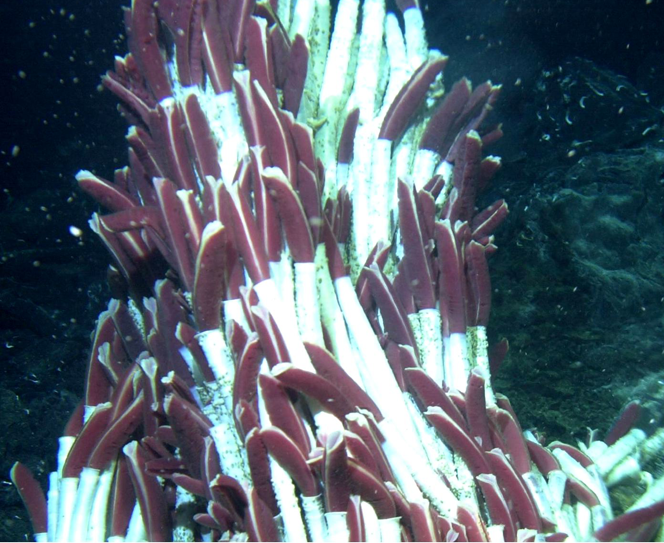Everyone loves penguins. From their distinctive
waddle, to their tuxedo-like coloration, everyone can recognize these
flightless birds. Mostly found on the frozen wastes of Antarctica, penguins are
known for their swimming prowess as well as their ability to withstand the
frigid conditions of their home. However, trouble looms on the horizon for
these birds, as an international research team has discovered a strain of avian
flu in the adélie penguin.
The adélie penguin
(Photo credit: George F. Mobley)
The
adélie penguin, Pygoscelis adeliea,
is one of the more common species of penguin. Roughly 70 cm tall, these short
penguins were discovered in 1840 by James Dumont d’Urville, a French explorer.
The adélie penguin is typically found on small islands surrounding the coast of
Antarctica, during the spring breeding season. Otherwise, they tend to spend
most of their time out at sea, searching for food. Adélie penguins typically
will eat krill and other small marine creatures, but will eat small fish and
squid as well.
While
these penguins are incredibly good swimmers, reaching speeds of 72 km/hr. and diving
to depths of 175 meters, they are also remarkably good walkers as well. Despite
having the distinctive penguin waddle, these birds will walk 31 miles to go
from their nests to the shoreline. The penguins’ main threat lies from
predation by leopard seals and skuas, as well as the occasional orca.
But
there might be a new threat from these little penguins, one that could be much
more dangerous, avian flu. This comes as a shock to Dr. Aeron Hurt, a senior researcher
for the WHO Collaborating Centre for Reference and Research on Influenza, as no
active strain of avian flu had ever been seen in Antarctic birds before. For
this study, Hurt and his team collected swabs from the windpipes of 301 penguins
and blood from 270 of those birds as well.
Using
real-time reverse transcription PCR, Hurt and his team found avian influenza genetic
material in eight of the birds. Four of these viruses were able to be cultured,
meaning that they were active and infectious. Not only that, but these strains
of influenza all seemed to be H11N2 influenza viruses and were all very similar
to each other. Worst of all, when comparing this genetic material to other
known strains of influenza, Hurt and his team discovered that this strain was
unlike anything they had ever seen before.
Dr. Aeron Hurt with an adélie penguin
(Photo credit: Aeron Hurt)
Luckily,
it seems that currently the virus isn’t doing any damage to the penguins and is
not making the birds sick. It also appears to be exclusive to birds, as it
couldn’t infect a species of weasel that the researchers used. However, it
raises a lot of question for Hurt and his team. Namely, how often are avian
influenza viruses being brought into Antarctica, whether animal ecosystems are
allowing the virus to sustain itself, and whether or not the virus is being cryopreserved
during the winter? For now, all we can try to do is keep trying to find where these
virus strains are coming from and trying to find a cure before they mutate into
something much more dangerous for the adélie penguin.
References:





